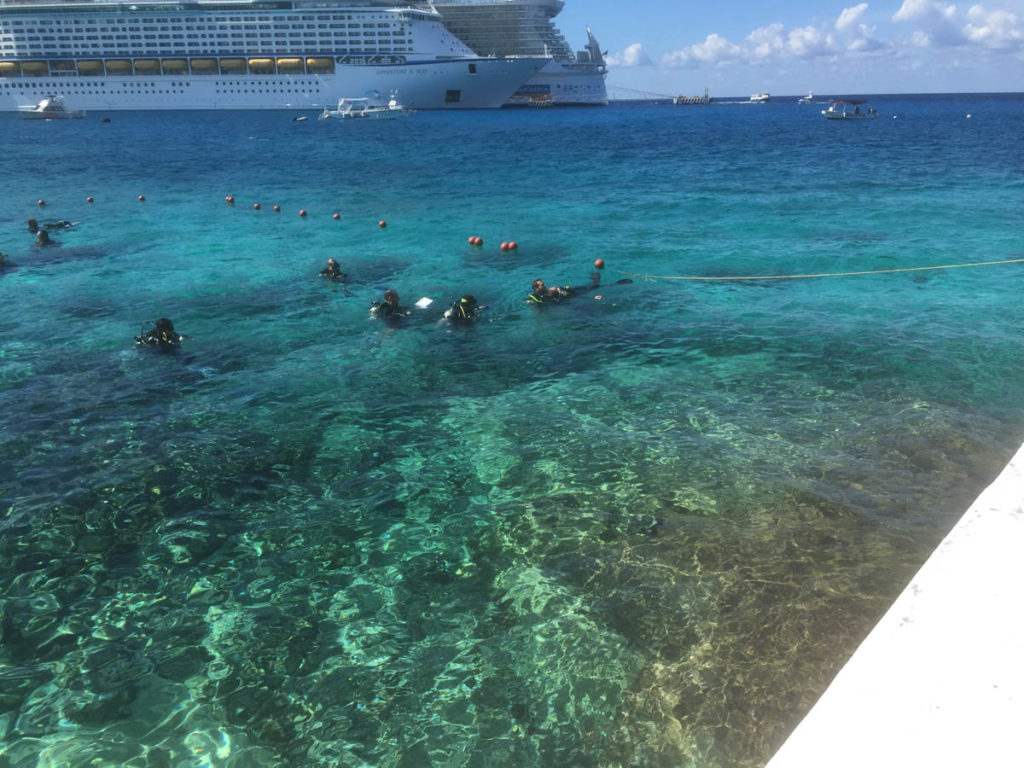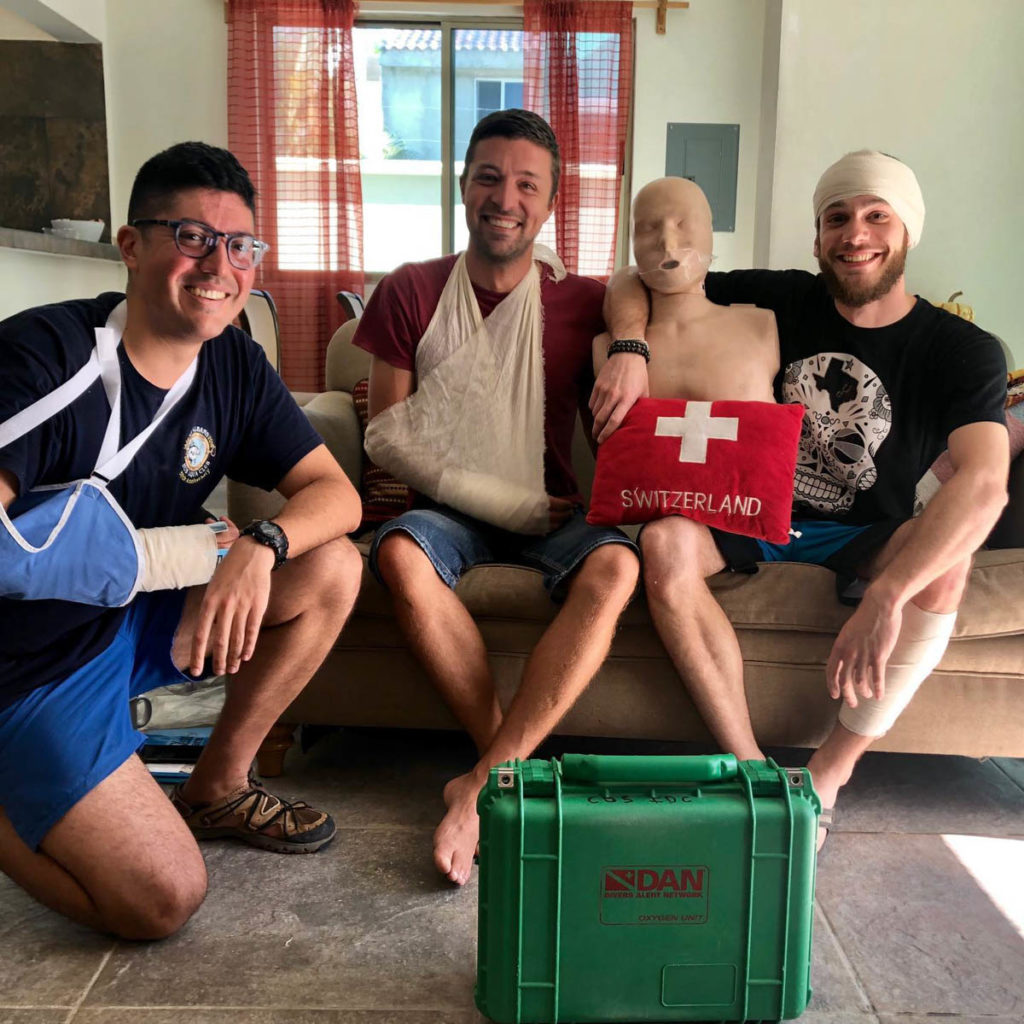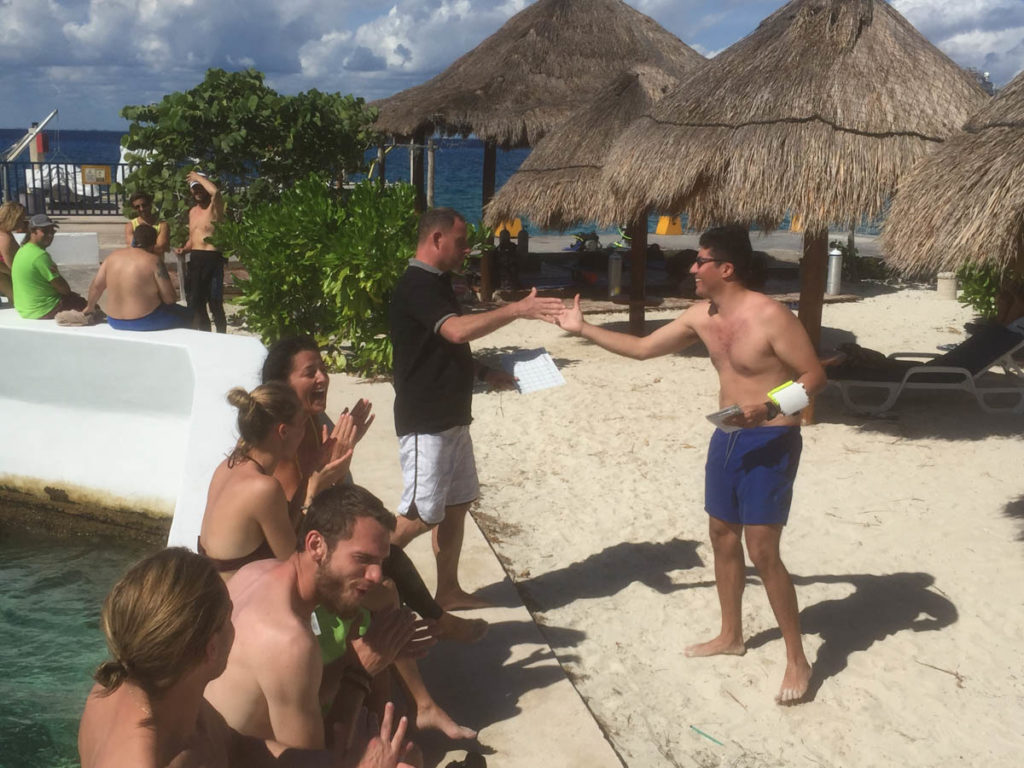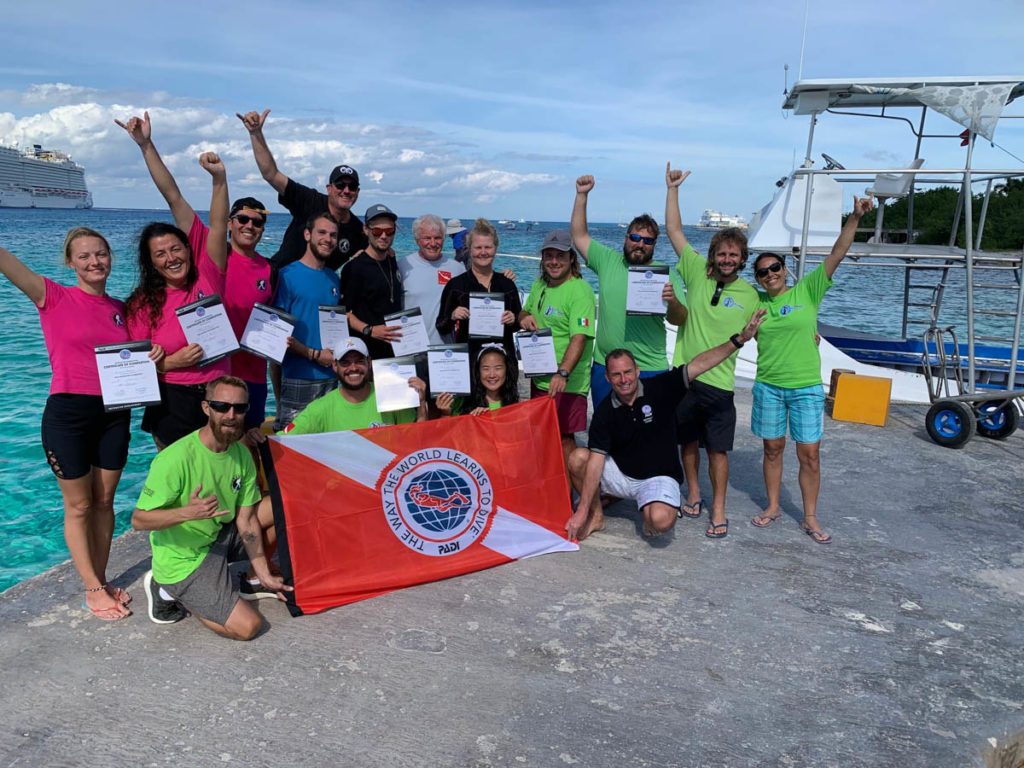In 2018 I was sat at work, staring out the window and thinking about my upcoming liveaboard trip. I was checking windguru every hour to see how the forecast was changing, how that might affect the week at sea. The only thing that kept me motivated throughout the office jobs I had worked in up until this point was the promise of upcoming dive trips. Diving was and still is a bit of a be all and end all in my life, now that it was something I did, it was part of my identity and my outlook. Whenever I go anywhere where there is a body of water, my first thoughts are often what the landscape would look like beneath its surface. All of my trips abroad involve diving. Clearly this liveaboard would be no different, another dive trip to tally up a handful more dives to then return to my dull terrestrial existence until my next booking of annual leave. However, on this trip I spent the whole time not really enjoying myself, and only concentrating on the fact that I was flying home again at the end. I came to the realisation that the time I’d spent training as a divemaster three years prior to this was the only time I’d felt really satisfied with my day to day. Something must have switched in me at that point, I was overcome with the sense that if I wasn’t diving almost every day, I was wasting my time. I handed in my notice two weeks later and restarted some old email exchanges with a dive school on the Mexican island of Cozumel. A few months on and it was official, I was going to do my PADI Instructor Development Course (IDC).

I touched down in Cancun after sunset on November 13th to an electrical reception, quite literally. The humidity was stifling and a series of thunderstorms were moving through the region, providing an impressive backdrop against the silhouetted jungle of the coast road down to Playa Del Carmen. The ferry from Playa across the narrow strait of sea to Cozumel was buffeted by horizontal rain, with the occasional flash of lightning revealing the flat shape of the island rising up off the bow. Upon reaching the island, I was met by Kenneth Strömberg, the owner of Cozumel Dive School (CDS). He was one of the few people I’d been in regular contact with while contemplating my IDC options. Ken had already sent me a good amount of preparation material for the IDC which I had spent the previous weeks and months working through. This was mostly theory revision on the main sections covered by PADIs instructor theory exam. I felt fairly comfortable with this, as none of it was entirely new knowledge, it is all learnt at the divemaster level (assuming you remembered it all). The difference here is that you need to know the subjects well enough to be able to teach it. Even so, after a few years of not being an every day diver, it was surprising to see how much my knowledge on the more complicated theory had deteriorated. Luckily for me, that’s exactly why IDC courses exist, to identify weaknesses in candidate knowledge and fix them. I spent the next few days getting settled in and acclimatising to the time zone and heat, which naturally meant my circadian rhythm waking me up at 5am the next day, going diving and falling asleep by 3pm.
A few days later the IDC began in earnest. We met our course director Jim Hutchinson, a chap who I had actually coincidentally spoken to five years ago when thinking about divemaster training. There was something reassuring about the familiarity. The schedule was more or less two weeks, with six days on, a day off, another six on and two days of a mock exam at the end. There was then one day between our last mock exam and the real PADI Instructor Exam commencing to get our heads on straight and iron out any final weaknesses. The days were long, much like a work day, starting at 8 or 9am depending on the days schedule and being done by around 4pm. I called this article “an inward glance” because I very much feel that this is how the entire process felt to me (and likely to others). It was living, breathing, practicing and mock teaching all the diving knowledge and skills we had obtained up to this point in our diving lives. A candidate should already be at a more or less perfect level of recreational diving, and critiquing the current skills you have is how the programme begins. I am quite competitive, and this mindset made the process much harder for me. My fellow candidates were largely fresh from their divemaster courses, and had completed it at CDS. The training at CDS is extremely thorough, my fellow candidates were silky smooth in the water. The first day in the pool conducting our skill circuits made me realise how much I’d rusted up in the space of time since my divemaster course. Every skill which the others executed with apparent and deliberated ease, I fumbled, lost my balance or felt I rushed. BCD removal and replacement found me in a position similar to a sealion that has just been rammed by a Great White. When the instructor in the water with us calmly looked at me and circled his fingers to indicate I should do it again, I could feel my eyes getting hot and my mask starting to steam up at the embarrassment. This skill continued to haunt me through much of the early IDC days, to the point where this skill alone had me convinced, I was going to fail the entire thing. It is funny to think that while during your open water course, you practice and are assessed on all the skills this circuit covers, there are some which you almost never use once you have qualified. This was brutally highlighted to us during the early pool days, no matter how good we thought we were, we had allowed some of our earliest learned skills to decay. We all had our skills like this, a tree on the line which threatened to derail everything we were striving for. Mine was the BCD. For others it was oral inflated hovering, weight belt removal and replacement or horizontal CESA. We all dreaded a certain skill; Jim quickly identified each of our weaknesses and ensured we were repeatedly faced with them.

The IDC adds another element which is completely new with becoming an instructor, being able to teach the theory part of diving. A fresh divemaster will have little trouble with the in-water skills, but imparting the knowledge behind diving itself like some kind of text book is tough, especially for those that are perhaps a little shy about public speaking. The good news was that we only had to speak for about ten minutes, and it would be on a pre chosen topic. This was the “presentation” part of the instructor exam, and I can say with confidence that for some of the others, this was what they were dreading the most. It involves being blind dealt a topic on the day of the exam (in the form of a student getting a knowledge review question wrong), and then having at least an hour to go and prepare a presentation.
As an example, you might receive this question:
A dive knife or cutting tool is used for…:
A) Extracting coral samples to take home
B) Cutting yourself or others free from entanglement hazards
C) Defending yourself from the semi-aquatic Egyptian Honeybadger
Clearly the answer is B, as A is incredibly bad practice and C is ridiculous. This may seem like a very overblown obvious multiple choice, but diving multiple choices, especially at open water level, can be this crazy. You would then have to explain why B is right and the others are wrong, while also providing real world examples, marketing a PADI course to help with understanding the issues and also marketing some equipment (maybe a knife?…). You have to bear in mind that while it’s obvious to you, it may not be to a student! Writing this all down and having it planned out is one thing, but delivering it in and off the cuff and confident manner is another entirely. Missing out one part of the criteria would really hamper your mark, and made you second guess yourself for next time. It’s not just the in class lecturing that follows this kind of checklist approach either, open water skill briefings and debriefings have a similar structure which needs to be adhered to in order to maximise your marks. Obviously, a real-world instructor has some leeway with how this is done because nobody is assessing them, but during the IDC and IE this is rigid and a little unnatural to follow.

Despite the hard work of the IDC, it did inevitably have plenty of fun moments too. Once we started doing the full open water sections in the sea with briefs, in water skills, and debriefs, it was actually a bit like a game. The open water sections work in that once everyone is in position, the instructor being examined is told to avert their eyes, and typically two students are assigned problems with the skill they are supposed to execute. The instructor then has to identify these skills, correct them, and ask the student to repeat the skill properly. The fun thing about this is that the mistakes are communicated underwater, and sometimes it wasn’t obvious what Jim was asking us to mess up. This resulted in some invented mistakes appearing, and Jim being perplexed at how we could have misinterpreted his excellent underwater handwork. Sometimes the mistakes were genuine too, knot tying came up multiple times when someone would repeatedly tie a bowline or their own improvised nest instead of a sheet bend. Luckily, during our real exam, no drastic unexpected mistakes showed up. The real exam actually turned out to be easier for most of us than what Jim had thrown at us, which was a huge relief.
Following the ups and downs and relentless work of the IDC, we all passed our instructor exams on the day in early December. It was an extremely surreal feeling, I had at multiple times throughout the process felt I was not going to make it through, despite the endless re assurance of my fellow candidates and the others at CDS. I was completely speechless when the examiner shook my hand and told me I was a PADI instructor, it still makes me feel a bit emotional to reflect on the day, and the process that led there. I definitely shed a tear or two from the overwhelming relief, it felt like the peak of anything I had achieved in my life so far, maybe even more so than my degree. Part of me hopes that one day I might inspire a student to go on and make that developmental journey themselves. I can safely say that I would never have aspired to be an instructor myself if not for those I have met over my years diving, from a range of countries, backgrounds, walks of life and agencies. They all shared a great love of underwater exploration, and it is that raw childlike fascination with the ocean and its residents which shines out as a beacon to draw in the next generation.







